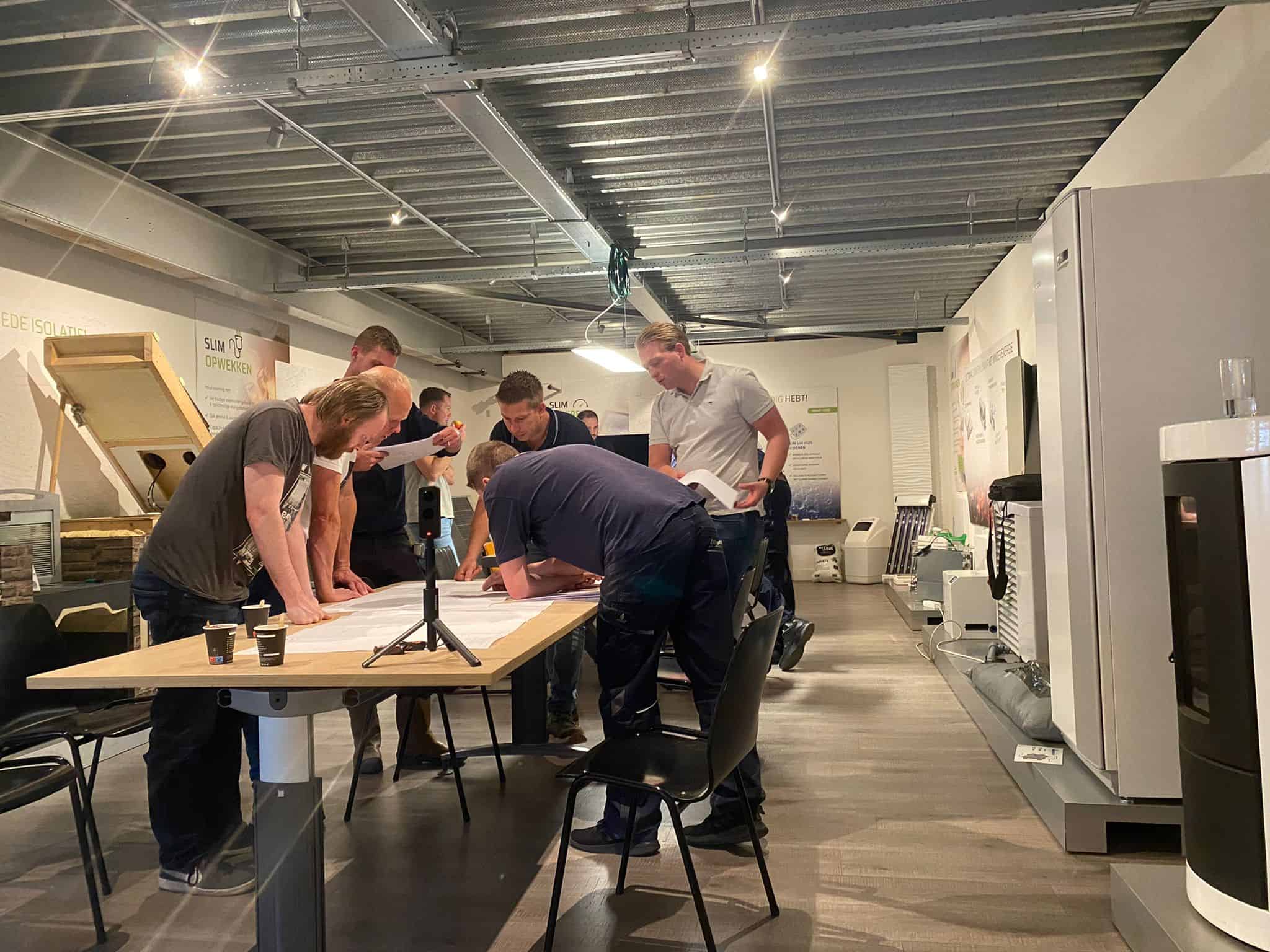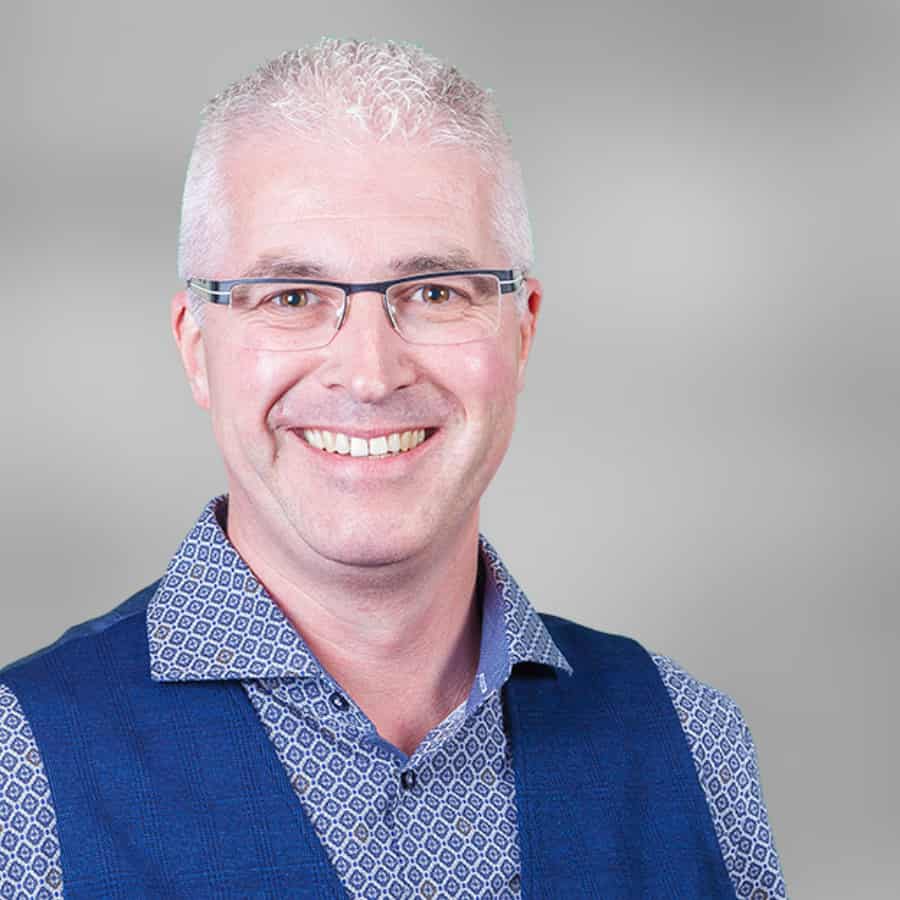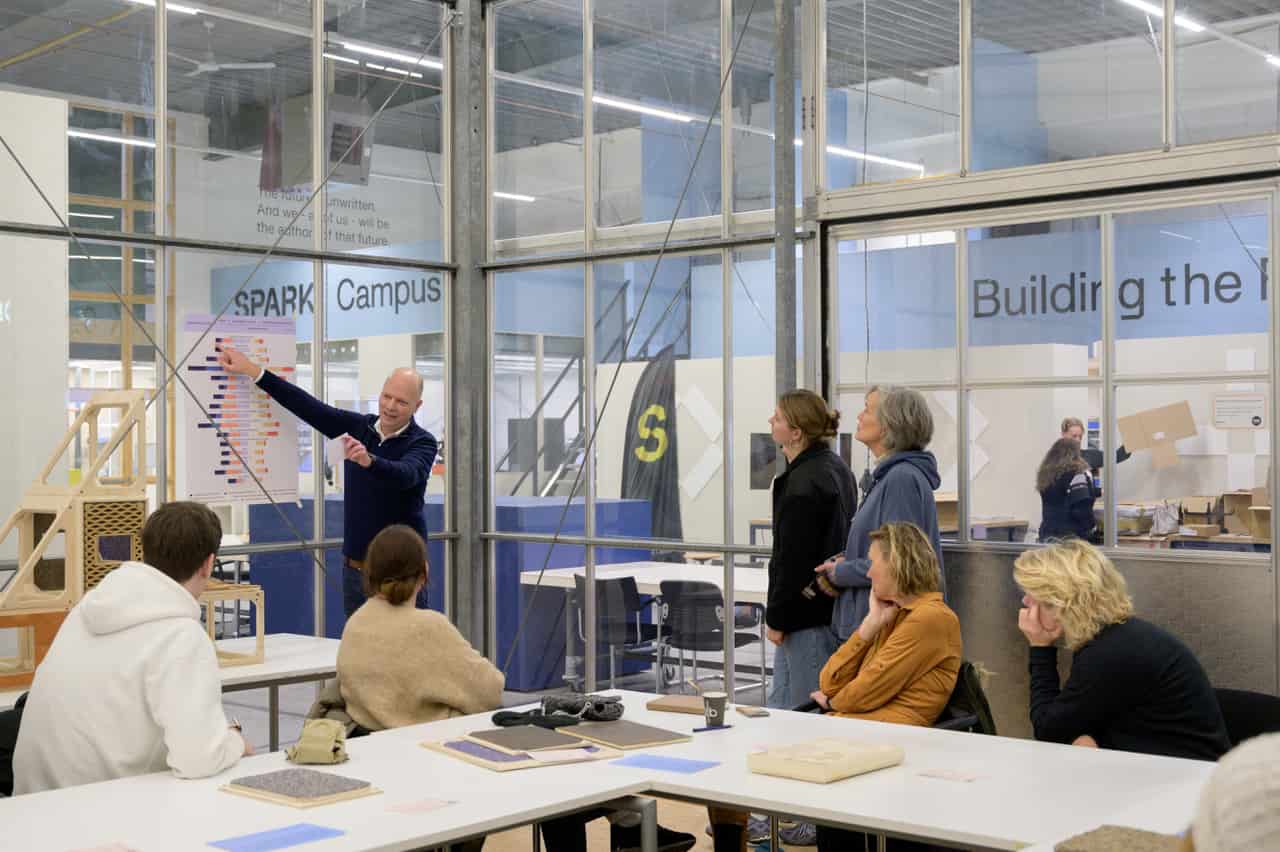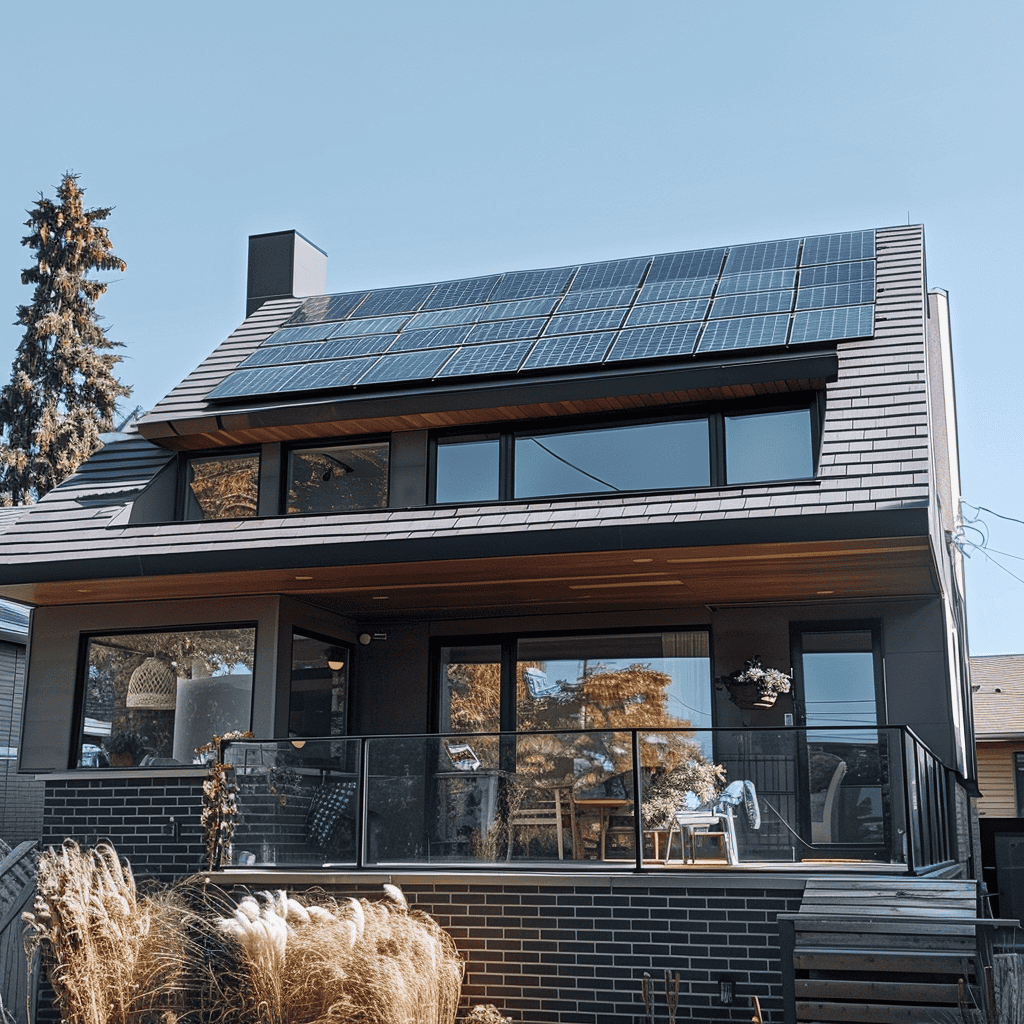
Advanced heat systems, new insulation materials, and super-efficient solar panels. In recent years, various knowledge institutions and companies have conducted research on these technologies. But how do the new products end up in practice? “We see that it is a challenge to keep the innovation process going and to keep taking steps together toward implementation on a large scale. Governments are betting on technological innovations to make new and existing homes more sustainable. Many ideas have been conceived and studies conducted, but projects regularly stall after a pilot, and that is a shame,” says Bas van Dongen, innovatiemakelaar (innovation broker) of social innovation at network organization Pioneering.
The toolbox
The organization, based in Enschede, has more than two hundred members in education, government, and business. “Pioneering is – however cliché – the spider in the web. We start new initiatives and stimulate and accelerate existing projects that ensure a future-proof living environment,” Van Dongen said. Within the TKI Bouw en Techniek program Regionaal Bouwen aan Human Capital, Pioneering – together with Saxion University of Applied Sciences and ROC van Twente – represents the east of the Netherlands (Hub East). The East region has filled a ‘toolbox’ with HR instruments and applied them in various projects to accelerate technological innovations in the built environment. The toolbox does not contain sophisticated machines but eight different HR instruments that can improve collaboration, help people adopt innovations, and stimulate mutual knowledge sharing. Van Dongen is convinced that getting people with different backgrounds and expertise to work together gains new insights and creates new solutions.
The program Regionaal Bouwen aan Human Capital
Construction innovates to achieve a sustainable, circular, and future-proof living environment. With the emergence of new technologies such as artificial intelligence, 3D printing, and sustainable concrete, the construction industry is in transition. For these innovations to land successfully in practice, professionals need new skills. With the Regionaal Bouwen aan Human Capital program, TKI Bouw en Techniek, the Top Consortium for Knowledge and Innovation, aims to accelerate the development of these skills among current and future professionals. An essential part is the development of a scalable regional approach around Human Capital. After over a year, the program in its current form is ending. In this series, we take stock of the program and ask the parties involved, including four regional Hubs (North, East, South, and West), about the main result
Small groups, big results
But what does it take to accelerate an innovation process? In the East Region, micro learning communities have been employed. Within a micro learning community, a group of people with different functions and backgrounds work together toward a solution to a practical problem. “This does not involve managers and specialists but mainly professionals, teachers, and students. In the methodology, they work together for about eight weeks to find an answer to a concrete question. A facilitator guides the process. He or she leads the process in the right direction and ensures equality in the group. Everyone’s input is equally important; we make no distinction based on position or level of education. That is an important condition for a micro learning community to succeed,” he explains.
Van Dongen cites an example of improved collaboration within the ROC van Twente through a micro learning community. “Under the guidance of a facilitator, teachers, students, and people from the field worked together to redesign career orientation. This micro learning community has led not only to a revised structure but also to shared responsibility. The teacher in charge now feels supported by professionals from the field.”

The idea behind micro learning communities is to work in small steps toward a future-proof living environment. Outcomes can easily be implemented in practice because professionals are already involved during the development process. According to Van Dongen, this way of working fits the culture in the construction industry. “Deadlines follow each other in rapid succession, and hierarchy is often an impeding factor. People don’t easily set aside a half-day to listen to a presentation; they want to do something. In a micro learning community, people can work, learn and innovate around a practical and concrete theme.”
Connection
The methodology behind micro learning communities was developed within Project Gas Erop! This project included Techniek Nederland, University of Twente, Saxion, ROC van Twente, Wij Techniek, and Pioneering. Previously, this methodology was mainly used successfully with installation companies. Through the Regionaal Bouwen aan Human Capital program, they are thinking more broadly. “Now we connect different companies and organizations in a partnership. Together, they look at solutions to challenges in the value chain.” Several micro learning communities were conducted during the program.
The various forms of micro learning communities have been expanded based on the experiences within the Regionaal Bouwen aan Human Capital program. “In one organization, you can define an issue relatively easily. When it is a collaboration of different organizations, it is a lot more complex. Then, different questions and interests come into play. That is why we have developed a new form of micro learning community in which we first formulate a concrete question. Then the community meetings start.” A sharing community has also been developed and deployed. This is a method for sharing the information gathered with other organizations within the ecosystem and beyond.
The best result from such a micro learning community? “During one of the meetings, someone from the housing association said he better understood the construction company he was working with. Before they started the process, they spoke a different language. During the meetings, they realized the importance of listening to each other better.”
Accelerating sustainability
Housing corporations are important cooperation partners in the region to accelerate the sustainability of existing homes. Van Dongen: “They can accelerate the sustainability of existing homes because they have many homes in their portfolio. Changes at housing corporations have an immediate impact.”
For example, in one of the micro learning communities, a housing corporation looked at implementing thermal compartmentalization. This is a form of insulation where only the living spaces, such as the living room and kitchen, are insulated. “Housing associations in the region have been working on this in recent years, but ultimately, there was not enough enthusiasm for further research and implementation after a pilot. Through a micro learning community, we revived the project. The housing associations are now taking various steps to start insulating in this way more often eventually,” he explains.

Better alphabet
During the Regionaal Bouwen aan Human Capital program, Pioneering’s main goal was to test whether the toolbox it developed worked. “And it certainly does! We can make an impact. Development processes run more smoothly, and thus, innovations can be implemented faster. By adding the alpha side – think of collaboration and learning cultures – to the beta technological developments, you get a much nicer alpha,” Van Dongen says. However, he also emphasizes that there is still a long way to go. “I don’t think we can completely change the culture in construction with these projects, but we do get people thinking. Ultimately, this will make people work differently with their construction partners. Ultimately, that’s what we’re all doing it for.”
The Regionaal Bouwen aan Human Capital program has been completed, but the follow-up program “Toekomstbestendige Leefomgeving” is already in place. Pioneering will deploy its toolbox, including the micro learning communities, on various topics such as thermal compartmentalization and Building Information Modeling (BIM). “In addition, Saxion and the University of Twente are going to help us further elaborate and optimize the toolbox,” Van Dongen says. Ultimately, the goal is for the ecosystem to apply the methodology itself without interference from parties such as Pioneering or Saxion. “Then we can start scaling up and accelerating in the region and beyond. For example, SPARK Campus, the southern hub within the program, also wants to start applying the methodology in its ecosystem. It would be great if we can eventually roll this out across the Netherlands.”







